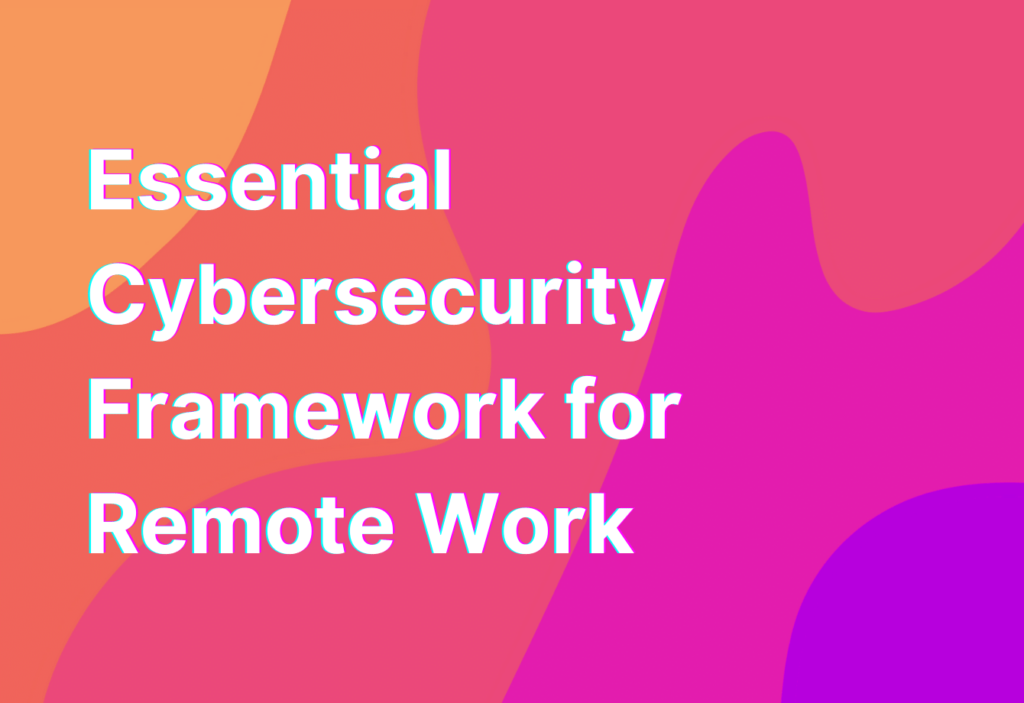Essential Cybersecurity Framework for Remote Work
Hey there, remote work warriors! Ashley here, your go-to gal for all things remote work. Today, I want to talk about a topic that is near and dear to my heart – cybersecurity. As remote workers, we rely heavily on technology to get our jobs done, which means we need to be extra vigilant when it comes to protecting our sensitive information. So, grab your virtual armor and let’s dive into the essential cybersecurity framework for remote work!
1. Use Strong and Unique Passwords
Let’s start with the basics – passwords. I know, I know, we’ve all heard this a million times, but it’s worth repeating. Using strong and unique passwords is the first line of defense against cyber threats. Avoid using common passwords like “123456” or “password” (seriously, people still use these?). Instead, opt for a combination of uppercase and lowercase letters, numbers, and special characters. And please, don’t reuse passwords across multiple accounts. I know it’s tempting, but trust me, it’s not worth the risk.
2. Enable Two-Factor Authentication
Speaking of passwords, let’s take it up a notch with two-factor authentication (2FA). This extra layer of security adds an additional step to the login process, usually involving a code sent to your phone or email. It may seem like a hassle, but believe me, it’s worth it. 2FA provides an extra barrier against unauthorized access, giving you peace of mind knowing that even if someone gets hold of your password, they still can’t get in without that second factor.
3. Keep Your Devices and Software Updated
Okay, confession time – I’m guilty of ignoring those pesky software updates too. But here’s the thing, those updates often contain important security patches that fix vulnerabilities in the system. By neglecting to update your devices and software, you’re essentially leaving the door wide open for cybercriminals. So, do yourself a favor and click that update button. Your future self will thank you.
4. Secure Your Home Network
Working from home means relying on your home network for internet access. And just like any other network, it needs to be secured. Start by changing the default password on your router (yes, they usually come with a default password, and no, it’s not secure). Set up a strong password and consider enabling network encryption, such as WPA2 or WPA3. And while you’re at it, hide your network’s SSID so it’s not visible to prying eyes. These simple steps can go a long way in keeping your home network safe and sound.
5. Educate Yourself and Your Team
Knowledge is power, my friends. Take the time to educate yourself and your team about cybersecurity best practices. Stay up to date with the latest trends and threats, and share that knowledge with your colleagues. Conduct regular training sessions to ensure everyone is aware of the risks and knows how to protect themselves. Remember, we’re all in this together!
And there you have it, my fellow remote work warriors – the essential cybersecurity framework for remote work. By following these guidelines, you’ll be well-equipped to navigate the digital landscape with confidence. But wait, before you go, I have one more treat for you. If you want to dive deeper into data loss prevention tips for remote work, check out this link. Trust me, it’s a game-changer!
Stay safe, stay secure, and keep rocking that remote work life!


